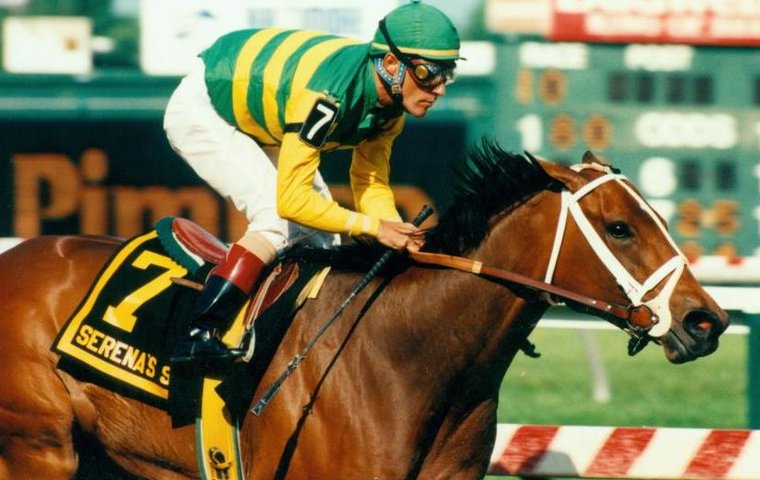
In the latest of his unmissable series listing his personal favorites, Jay Hovdey turns his attentions to a hugely popular tough-as-nails Hall of Fame filly still going strong at the age of 32
Those of us charged with the task of conveying greatness in particular Thoroughbreds long ago ran out of ways to describe Serena’s Song.
She was an ingenue, a champion, and a perpetual presence at the top of the game. She brought with her new faces who displayed unfettered joy at their good fortune. For three solid seasons, she criss-crossed the continent, laying waste to the idea that fillies were as delicate as fine china.
Best of all, she’s still here, a reminder that some good things can last very close to forever.
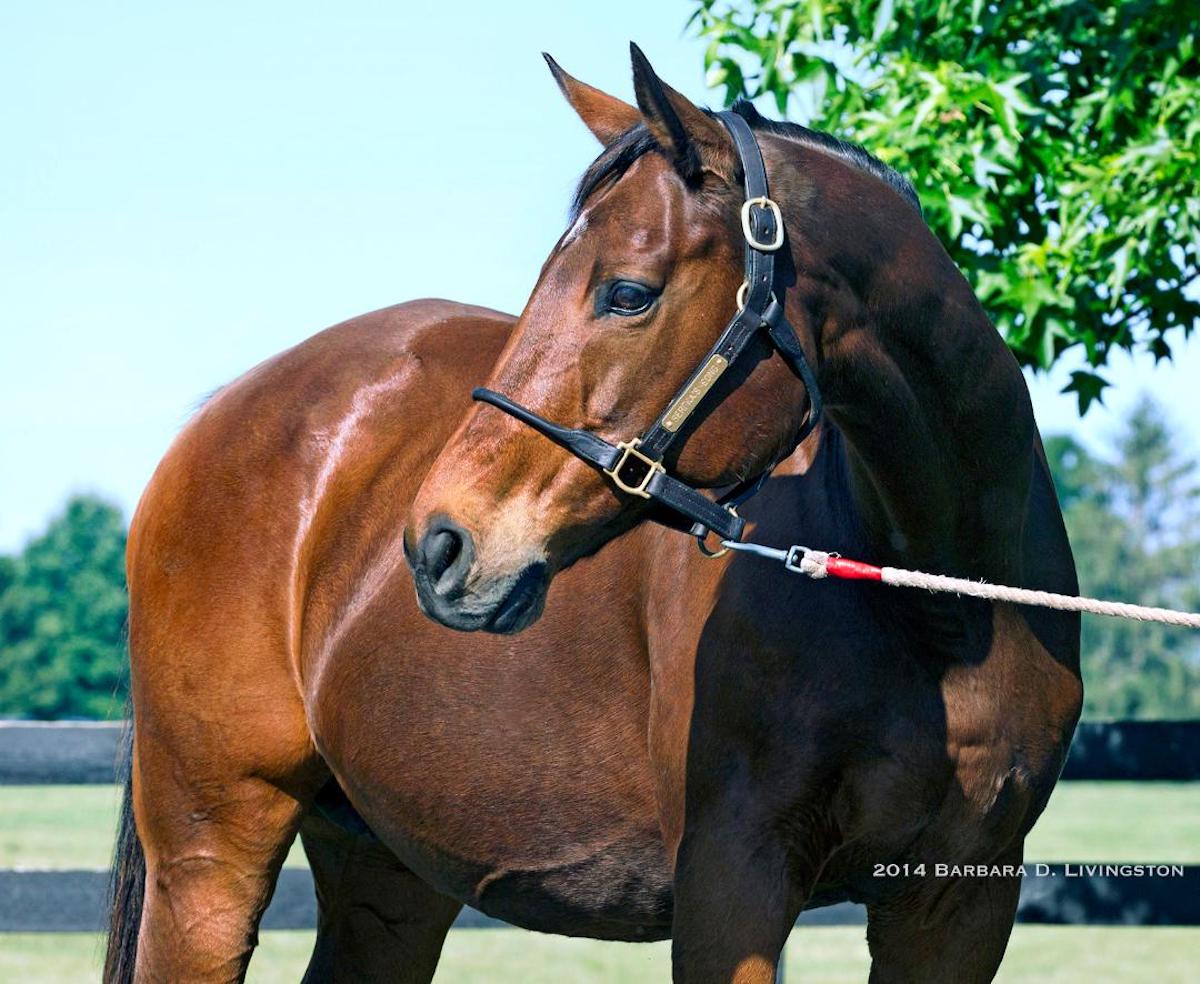 By the dawn of the 1990s, Robert and Beverly Lewis were lifelong racing fans who were new to the game as horse owners. Their first headline success came on the afternoon of Nov. 9, 1991, when their privately purchased gelding Ebonair won the California Cup Juvenile Stakes at Santa Anita.
By the dawn of the 1990s, Robert and Beverly Lewis were lifelong racing fans who were new to the game as horse owners. Their first headline success came on the afternoon of Nov. 9, 1991, when their privately purchased gelding Ebonair won the California Cup Juvenile Stakes at Santa Anita.
From that small seed grew a wildly successful Lewis stable that went on to include Kentucky Derby winners Silver Charm and Charismatic, Belmont Stakes winner Commendable, and Breeders’ Cup winners Folklore, Orientate, and Timber Country. Of all the Lewis marquee runners, though, none was held closer to their hearts than Serena’s Song.
On the advice of Wayne Lukas, their new trainer, the daughter of Rahy was a $150,000 purchase as a yearling who provided the Lewises with their first entrée to the big time. When naming time arrived, Beverly Lewis came up with the lyrical ‘Serena’. The rest was added in tribute to the filly’s paternal granddam, Glorious Song.
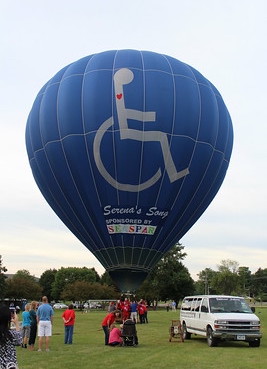 In a coincidence almost too remarkable to believe, there also was a hot-air excursion balloon named Serena’s Song flying high while the filly was carrying the Lewis colors through 38 starts, 18 wins, 11 seconds, and more than $3m in earnings.
In a coincidence almost too remarkable to believe, there also was a hot-air excursion balloon named Serena’s Song flying high while the filly was carrying the Lewis colors through 38 starts, 18 wins, 11 seconds, and more than $3m in earnings.
Momentarily freed
The Serena’s Song was an inspiration of an Iowa couple whose daughter, named Serena, was left a quadriplegic from post-natal complications. The father was a part-time balloonist who customized a passenger gondola to allow wheelchair access, and Serena soared, momentarily freed from her earthbound limits.
Eventually, her parents set up a foundation to share the Serena’s Song experience with thousands of individuals in similar circumstances, and when the Lewises learned of the program, they donated $10,000 to the effort every time Serena’s Song ran.
“None of this is in any way intended to give us publicity or fanfare,” Robert Lewis said at the time. “It is something to help and render assistance in any little way we can to a very deserving couple who are dealing with a tragedy, and yet have found a way to create great joy out of the most adverse circumstances you can imagine.”
Foaled on April 4, 1992, Serena’s Song was bred in Kentucky by Dr. Howard Baker and raised at Pope McLean’s Crestwood Farm. She was the third foal of Imagining, a daughter of Northfields, and from the second crop of Rahy, by French Classic winner Blushing Groom.
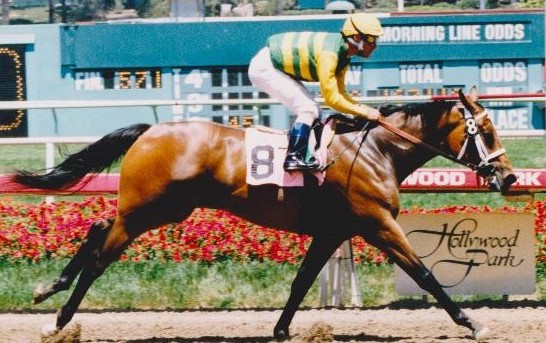 Rahy was a powerful little chestnut package with little, twitching ears, a proper blaze, and a short fuse. He cost Sheikh Maktoum $2m as a yearling and managed to place in the Middle Park Stakes at two for Michael Stoute before he was shipped to Neil Drysdale in California.
Rahy was a powerful little chestnut package with little, twitching ears, a proper blaze, and a short fuse. He cost Sheikh Maktoum $2m as a yearling and managed to place in the Middle Park Stakes at two for Michael Stoute before he was shipped to Neil Drysdale in California.
It was there as a four-year-old Rahy had his greatest moment as a racehorse in the 1989 Bel Air Handicap when he left good horses in the Hollywood Park dust, winning by 10 lengths in 1:33 for the one-turn mile.
Bedrock stallion
Rahy went on to a career as a bedrock stallion for Three Chimneys Farm, eventually earning a stud fee of $100,000 on the strength of such performers as Fantastic Light, Dreaming Of Anna, Hawksley Hill, Tates Creek, and Pounced, winner of the 2009 Breeders’ Cup Juvenile Turf. Rahy was pensioned in 2009 and died in 2011.
Imagining was at the other end of the racehorse spectrum. Dr. Baker bought her as a two-year-old for $70,000 and watched her win just two of 26 starts, while racing primarily in California.
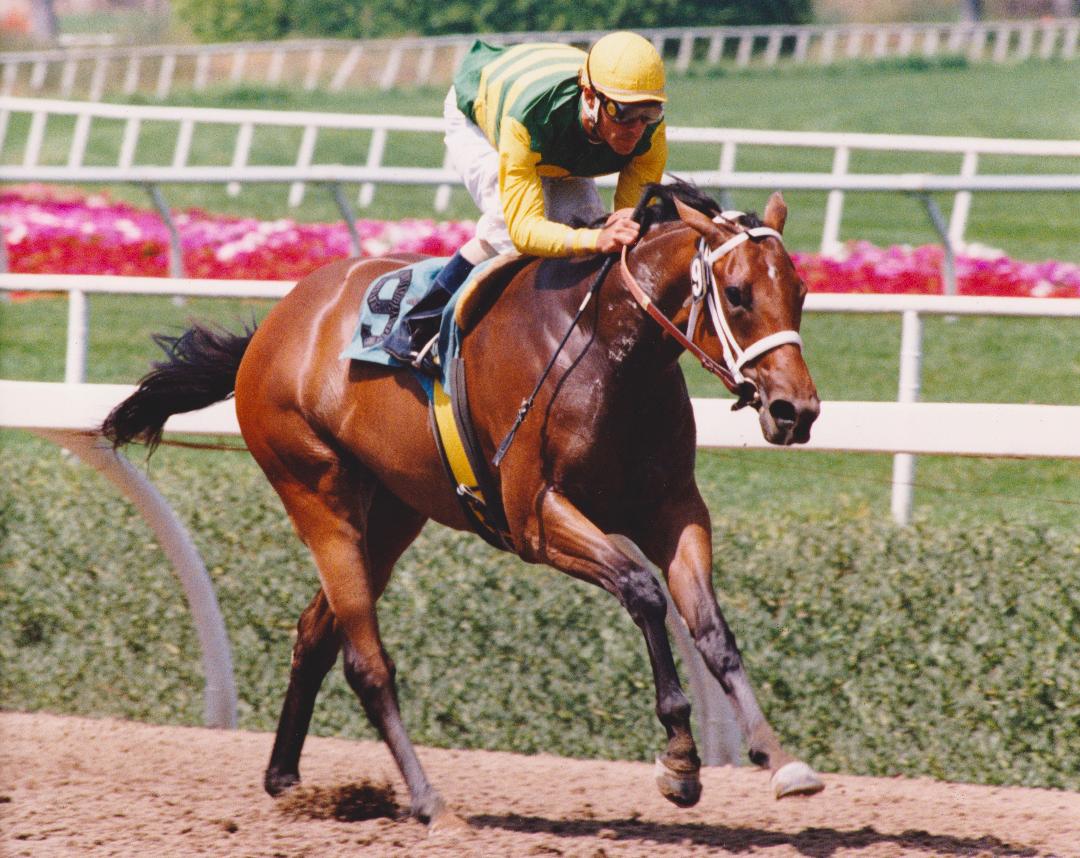 Imagining did have the good sense to produce the graded stakes winner Vivid Imagination at first crack, which at least gave the 1993 Keeneland catalog page for her yearling Rahy filly some pizzazz.
Imagining did have the good sense to produce the graded stakes winner Vivid Imagination at first crack, which at least gave the 1993 Keeneland catalog page for her yearling Rahy filly some pizzazz.
Then again, Wayne Lukas did not need to be sold on the family. Imagining had an older half-sister named Alabama Nana who cost all of $15,000 as a two-year-old. Racing for the far-flung Lukas stable, Alabama Nana raced 32 times and won 11 races, including the 1985 First Flight Handicap at Aqueduct.
As role models go, Serena’s Song could have done a whole lot worse than Alabama Nana. However, she was fashioned more in the spirit of Rahy’s dam, Glorious Song, who supplied both a part of her name and a lot of her robust ability to carry her speed over a distance of ground.
Glorious Song, by Halo, was a Canadian champion at three and North America’s best female at four when she swept up three straight G1 stakes early in 1980, then went on a rampage against colts. She beat them three straight – first in the Michigan Mile and One-Eighth, then twice in Canada – before finishing second in the Amory Haskell to Spectacular Bid and the Marlboro Cup to Winter’s Tale.
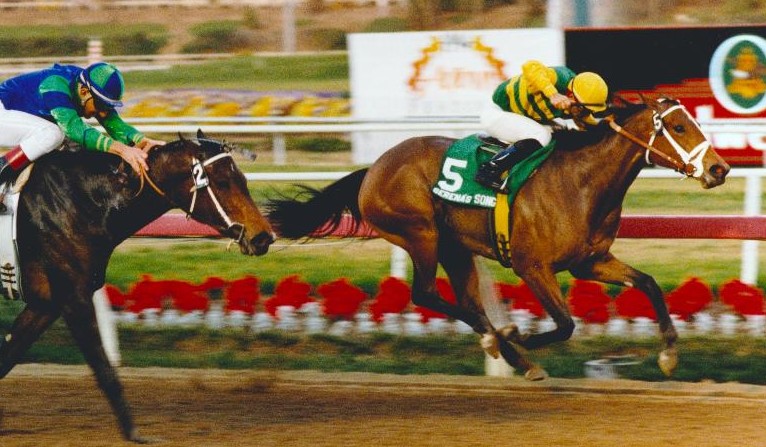 At five, Glorious Song fell victim to the handicapper’s stern gaze. After winning against mares under 127 pounds, she was beaten a neck under 130.
At five, Glorious Song fell victim to the handicapper’s stern gaze. After winning against mares under 127 pounds, she was beaten a neck under 130.
To avoid even heavier assignments, she was campaigned against males, netting a close second in the Mervyn LeRoy Handicap and another Canadian score before ending her career in a cluster of races against her own gender. The 1981 Spinster Stakes was her final victory.
Cut from the same cloth
Serena’s Song was cut from the same cloth. In her third start, she won a Hollywood Park maiden race by 10 lengths. In her first try over a route of ground, she won the G1 Oak Leaf Stakes, which put her in the field for the 1994 Breeders’ Cup Fillies at Churchill Downs.
She was beaten a head by her stablemate, Flanders, but it’s the rest of the story that counts. Flanders was injured that day and never ran again. Serena’s Song soldiered on for 24 months and 29 additional starts.
“She was remarkably sound,” Bob Lewis once said. “I don’t believe she’s even had a sniffle.”
The idea that a Thoroughbred could race every few weeks over an extended period of time is the stuff of fairy tales today. Serena’s Song ran 13 times on her way to championship honors as a three-year-old of 1995, then ran 15 times as a four-year-old, retiring as the all-time leading money winner among North American mares.
Plenty of heart
“It’s not what we can see that counts, it’s ultimately what we can’t see that makes them great,” Lukas said. “It’s the inside, the heart, and she had plenty of that. She was tough.”
During her final campaign, Serena’s Song finished worse than third only once, in the Santa Anita Handicap against 10 indignant males. As a three-year-old, she handled the boys with aplomb in winning both the Jim Beam Stakes at Turfway Park and prestigious Haskell Invitational at Monmouth Park. Only one other filly has won the Haskell before or since: Rachel Alexandra.
One of her finest hours came against males in the 1996 Whitney Handicap at Saratoga. The opposition included Peaks And Valleys, L’Carriere, and Pyramid Peak, all major stakes winners in top form. Breaking from the far outside, Serena’s Song gave Jerry Bailey a perfect, front-running trip. Head low and chin jutting in her trademark stride, she put away all the competition until Mahogany Hall came along in the final yards to spoil the party, beating her by a neck.
Everyone has their favorite Serena’s Song moment, and there are plenty to pass around. In December 1994, a week before Christmas, she won the Hollywood Starlet by a nose over Urbane – the same Urbane who went on to win the 1995 Ashland Stakes and finish second in the Kentucky Oaks.
Thirteen days after surrendering to colts in the 1995 Kentucky Derby, Serena’s Song romped home by nine in the Black-Eyed Susan Stakes at Pimilco. Then, later that year in the Beldame Stakes, Serena’s Song led the older monsters Heavenly Prize and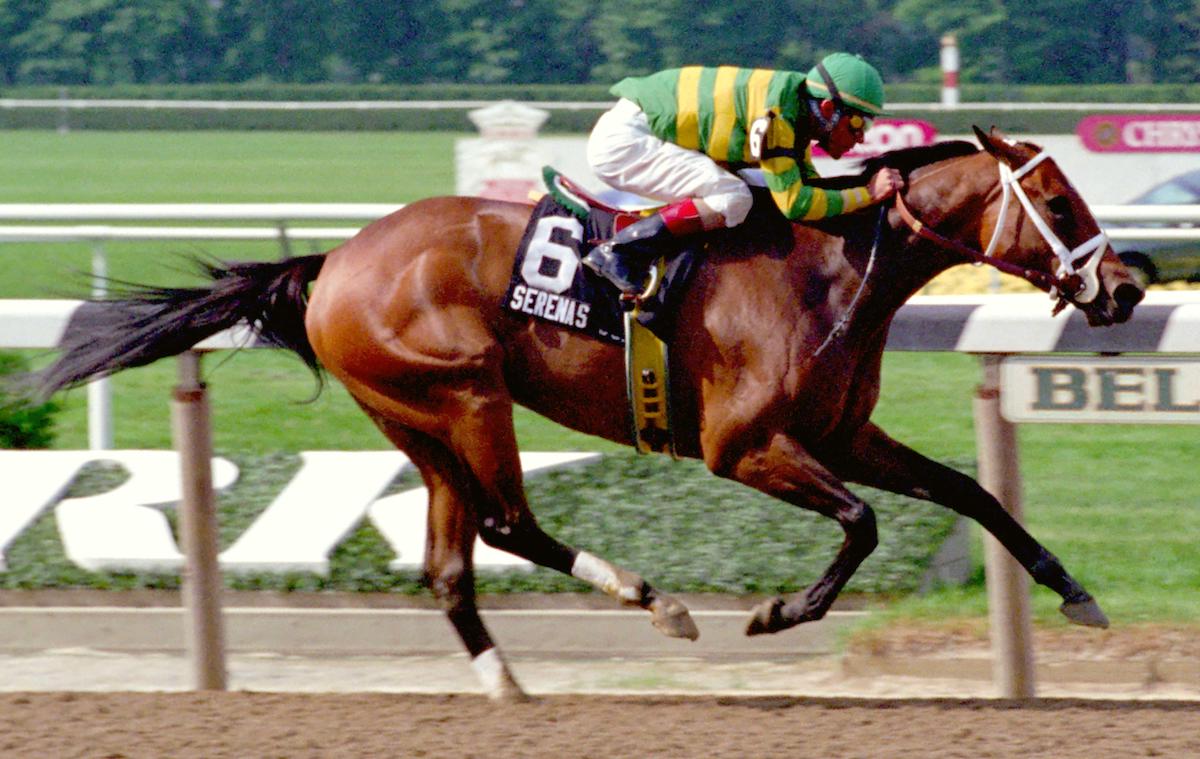 Lakeway on a futile chase in a victory that prompted Lukas to hurl his program in celebration.
Lakeway on a futile chase in a victory that prompted Lukas to hurl his program in celebration.
Gary Stevens was aboard Serena’s Song for 23 races, which included her first stakes win in the Landaluce at Hollywood Park, the 1996 Fleur de Lis Handicap at Churchill Downs, and eight major scores in between.
Showed up every time
“She was one of the toughest fillies I ever rode,” Stevens said. “She showed up every time. She had natural speed, quarter horse speed. She get up under you immediately and get into her rhythm. She had a pretty high cruising speed, then when I’d ask her coming off the turn, she’d swap leads and find another gear.”
Stevens appreciated the filly’s intense, thrusting style. “She used every inch of her body,” he said. “There was no wasted action. She ran like she walked, with that low head and a long reach.”
Serena’s Song further impressed Stevens with her ability to ignore what turned out to be a minor breathing problem. Lukas modified a bit – effectively to depress her tongue and keep her airwaves as clear as possible during exertion – which was put to good use in her historic victory over colts in the 1995 Haskell Invitational.
“I’ll never forget what Wayne told me before the Haskell,” Stevens recalled. “He said, ‘Don’t try and conserve her for the next race. Go ahead and let her put on a show today. Don’t worry. If she’s still sleeping in the morning, I’ll wake her up.’”
After the Haskell, Lukas did give Serena’s Song an unusually long four-week break. Refreshed, she returned to win the Gazelle Handicap at Belmont Park by seven lengths.
Not surprisingly, Serena’s Song joined Stevens and Lukas in the racing Hall of Fame in 2002, her first year of eligibility. Two-time Horse of the Year Cigar was part of the same class.
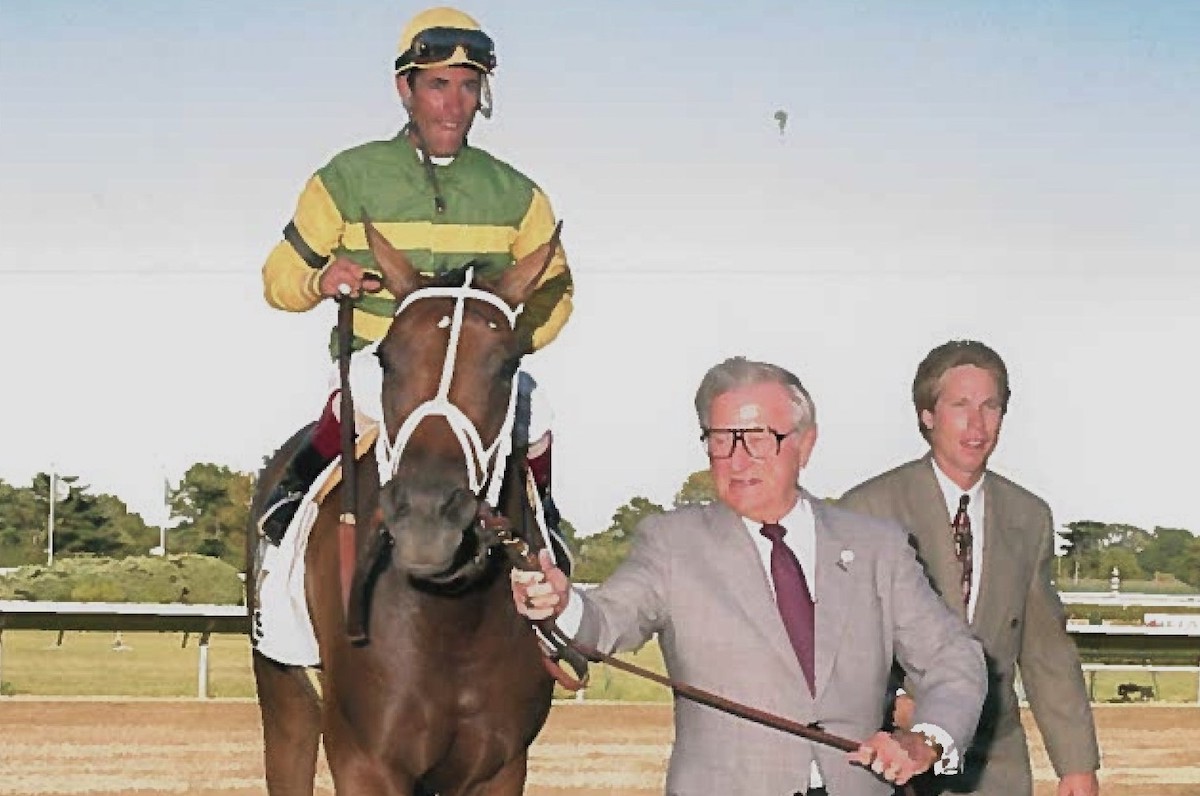 “She had the elegance of a Grace Kelly, she had the moves of a Ginger Rogers, and she had the charisma of a Marilyn Monroe,” Lukas said at the induction ceremony.
“She had the elegance of a Grace Kelly, she had the moves of a Ginger Rogers, and she had the charisma of a Marilyn Monroe,” Lukas said at the induction ceremony.
Star of the breedng shed
By then, Serena’s Song had established herself as a star in the breeding shed as well. From the moment in the spring of 1997 when she was introduced to Mr. Prospector, 27 at the time, she began dropping pearl after pearl of great price.
Her first foal was Serena’s Tune, who sold for $1m as a yearling and became a multiple stakes winner. Sophisticat came next, a $3.4m daughter of Storm Cat. All she did was win the G1 Coronation Stakes at Royal Ascot.
The hits kept coming. Sons of Serena’s Song sold as yearlings for $3.5m, $2.8m, $1.5m, and $1.4m. Serena’s Tune became the granddam of the major stakes winner and young stallion Honor Code. Serena’s Song was retired from breeding after losing what would have been her 14th foal, at age 22.
Bob Lewis died in 2006, at 88, after which Beverly Lewis maintained the stable with the help of their son, Jeff Lewis, until her death in 2017.
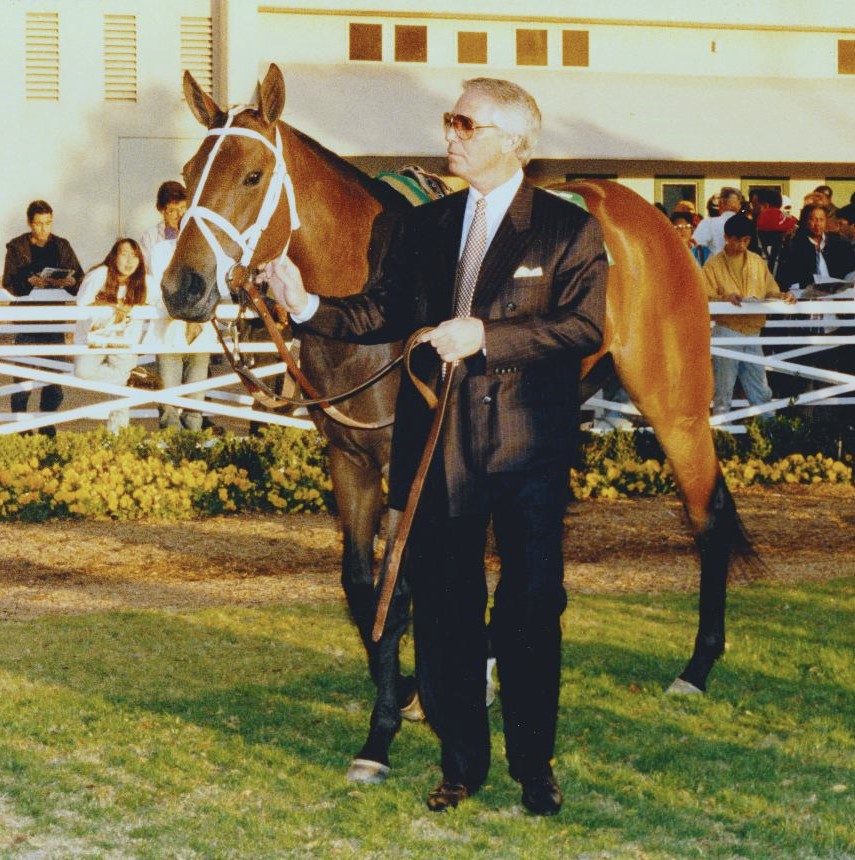 All the while, Serena’s Song was enjoying a long and well-earned third chapter. For the past decade, she has been lording over a host of lesser mortals at Denali Stud, her forever home in Paris, Kentucky.
All the while, Serena’s Song was enjoying a long and well-earned third chapter. For the past decade, she has been lording over a host of lesser mortals at Denali Stud, her forever home in Paris, Kentucky.
She spends most of her time outdoors, in the company of a pasture pal, and receives the occasional visitor under the watchful eye of farm manager Gary Bush and the Craig Bandoroff family, owners of Denali.
“She’s just tough as nails,” said Bush, who has been at Denali since 2005. “That’s the bottom line. She colicked on me once since I’ve been here and needed surgery. But that was long ago, when we were still breeding her. She never looked back after that.”
LIkes things her own way
Denali also has been home to several of the daughters of Serena’s Song, including Serena’s Tune, who died in 2006.
“She was a good mother to her babies, but tough,” Bush added. “Not mean, but she likes things her own way, and you respect that.”
In retirement, Serena’s Song became a popular tourist attraction. Her legion of fans, cultivated over those three racing seasons, would turn up at Denali’s doorstep, hungry for a few moments in her presence.
“She used to get a lot of visitors, although now that she’s starting to show some age, we like to limit that,” Bush said. “After all, she is 32.”
And if she has anything to say about it, on April 4, 2025, Serena’s Song will be 33.
• Read all Jay Hovdey's features in his Favorite Racehorses series
The Chosen Vron: ‘Beyond his daunting record, he’s an easy horse to embrace’
Riboletta: ‘She was beautiful and she loved to run’
Best Pal: ‘If there ever was a word to describe him, ‘honest’ would top the list’
Hill Rise: ‘He is why I’m here, still writing about horses half a century after he was born’
View the latest TRC Global Rankings for horses / jockeys / trainers / sires


